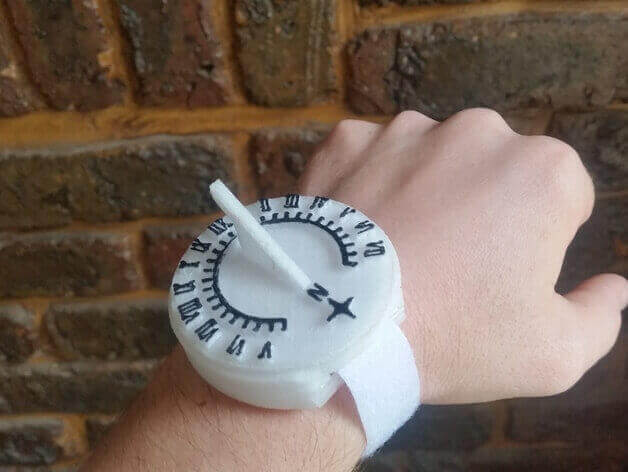

#3d printed sundial clock software
In a Mojoptix video (available in both French and English) the inventor describes how the digital gnomon shows digital time by making virtual "light tunnels" that burrow through a half-cylinder 3D software object. His software design (dated 13 October 2015) uses the 3D open software OpenSCAD described as "The Programmers Solid 3D Computer Aided Design Modeller".

udif on The I960: When Intel Almost Went RISC.None on Quetzal-1 Satellite Goes Open Source.

Hackaday Podcast 225: Leafy Meats, Wind To Heat, And A Machine That’s Neat 2 Comments Posted in clock hacks Tagged 2d print, folding, kids, orgami, paper, sundial Post navigation We’ve even seen some that position themselves. He is clearly very excited about sundials. If you are interested in sundials, has a website with more information. We couldn’t help but think that some of the sundials could use a few 3D-printed helper pieces, but if you are handy with a CAD program, you can probably work that out yourself. All of them would be very amenable to modifications since the materials are readily available and inexpensive. Some of them are simple, and others, like the globe kit, might take a bit of work. These are great alternatives to paper airplanes and would probably form the basis of a pretty nice science project for a kid. One even uses a CD as a kind of indicator. Some are pretty standard-looking fare, but there are others, like the pinwheel equatorial sundial or the cycloid polar sundial, which might be surprising. In all, there are 21 different kinds of sundials. But shows us his kits for making sundials for either hemisphere using a conventional printer (you know, one that puts ink on paper), some styrofoam, and possibly some other materials like wire coat hangers, threaded rods, thumbtacks, glue, and different papers like transparencies or card stock. We see a lot of clocks, and many of the better ones have some 3D printed elements to them.


 0 kommentar(er)
0 kommentar(er)
